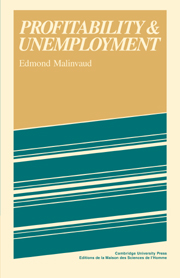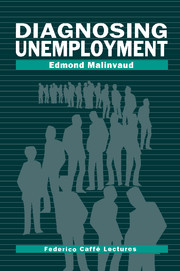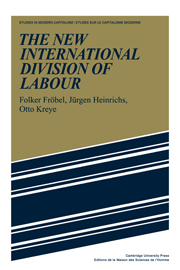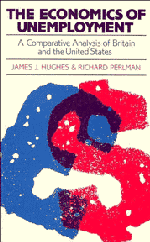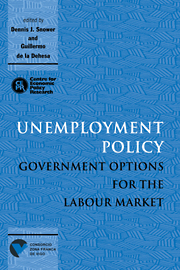Profitability and Unemployment
Discussions of economic policy argue that an adequate level of profitability is a precondition for avoiding future unemployment. This book studies the rationale for this statement. The analysis is built round a simple model of the Harrod–Doman type and extends the study of fixed-price equilibria by considering a dynamic process whose major components are capital accumulation and shifts in income distribution. The Keynesian depression, characterized by a sustained lack of demand, is found to be particularly stable. Lack of productive capacity may also occur when profitability has been too low. In this case, the resulting unemployment stimulates corrective shifts of prices and wages. However, such unemployment may last for some time and is more likely to be followed by Keynesian unemployment than by inflationary full employment.
The first and last chapters consider the problem in less formal but more general terms. They discuss both the methodology for the study of the relationship between profitability and unemployment, and the role of various factors that the simple model neglects.
Product details
June 2008Paperback
9780521067140
120 pages
198 × 129 × 6 mm
0.14kg
Available
Table of Contents
- 1. A broad view of the problem
- 2. The appropriate income distribution
- 3. The sequence of short-term equilibria
- 4. Some numerical experiments and the medium term consequences of economic policies
- 5. Aggregation, expectations, finance and substitutions.

